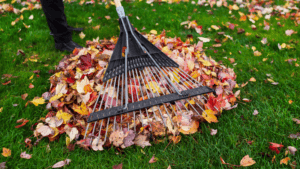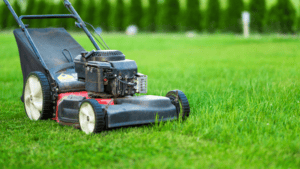As the winter chill sets in and snowflakes start to fall, many homeowners are faced with the daunting task of clearing snow from their driveways and walkways. While shoveling may suffice for light snowfall, heavier accumulations call for a more efficient solution: a snow blower. Investing in the right snow blower can save you time, effort, and hassle during the winter months. However, with various models and features available on the market, it’s essential to know what to look for when buying a snow blower. Here’s a comprehensive guide to help you make an informed decision.
- Snowfall Amount and Type:
Consider the average snowfall in your area and the type of snow you typically encounter. For regions with heavy and wet snow, a powerful two-stage snow blower with serrated augers and high horsepower is recommended. For lighter, fluffy snow, a single-stage snow blower might suffice.
- Clearing Width and Intake Height:
The clearing width determines how much snow the machine can handle at once, while the intake height determines the depth of snow it can clear. Choose a snow blower with a clearing width and intake height suitable for your driveway or walkway size and the average snow depth in your area.
- Power Source:
Snow blowers are available in gas-powered, electric, and battery-powered options. Gas-powered models offer more power and mobility but require regular maintenance and emit fumes. Electric snow blowers are quieter, require less maintenance, and are environmentally friendly, but they are limited by cord length or battery life. Choose the power source that best suits your needs and preferences.
- Maneuverability:
Consider the maneuverability features of the snow blower, such as steering controls, wheel size, and track systems. Look for models with easy-turning capabilities and adjustable speeds to navigate around obstacles and tight spaces more efficiently.
- Start Mechanism:
Ease of starting is crucial, especially in cold weather conditions. Recoil-start snow blowers require manual pulling to start, while electric-start models feature a push-button ignition for effortless starting. Consider your comfort and convenience preferences when choosing the start mechanism.
- Auger and Chute Control:
The auger is responsible for collecting and breaking up snow, while the chute directs the discharged snow away from the cleared area. Look for snow blowers with adjustable auger heights and chute rotation controls for precise snow throwing and direction.
- Additional Features:
Some snow blowers come with extra features like headlights for enhanced visibility in low-light conditions, heated handles for added comfort during operation, and drift cutters for tackling deep snowdrifts. Evaluate these additional features based on your specific needs and budget.
- Durability and Warranty:
Invest in a snow blower made of sturdy materials that can withstand harsh winter conditions. Check the warranty coverage and terms offered by the manufacturer to ensure protection against potential defects or malfunctions.
- Reviews and Recommendations:
Before making a purchase, research customer reviews and seek recommendations from friends, family, or online forums. Real-life experiences can provide valuable insights into the performance, reliability, and satisfaction level of different snow blower models.
Choosing the right snow blower requires careful consideration of various factors, including snowfall amount, power source, maneuverability, and additional features. By evaluating your specific needs and preferences against these key factors, you can select a snow blower that efficiently clears snow and makes winter maintenance more manageable and less strenuous. Invest in a high-quality snow blower now and enjoy hassle-free snow removal for years to come.



